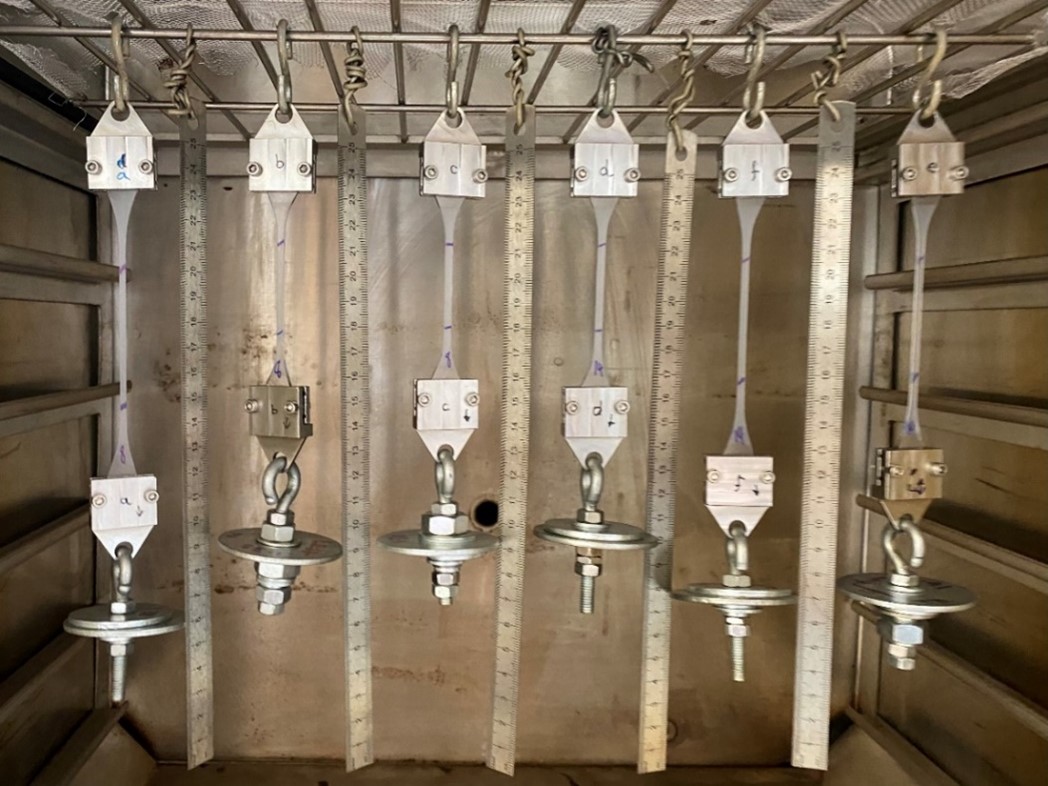Engineering of functionalized Polysiloxenes for crosslinked Polyethylene (PE-X)
Compared to pure polyethylene, PEX is more resistant for small wall thickness to electrical treeing and can withstand high thermal shocks, which makes this material suitable for electrical cable jacketing and water piping industry.
- Functional Silanes
- PEX
- Crosslinked Polyethylene
Empa patented a non-hydrolytic route for functional polyethoxysiloxanes (funPEOS), comprised of a hyperbranched PEOS and a functional silane shell. FunPEOS have a tunable degree of accessible functional groups but minimize consumption of costly functional silanes. The project is the technology basis for "thermoplastic polymer" market entry for the Empa spinoff "Siloxene" (founded during the project), which aims to commercialize the funPEOS.
Organofunctional silanes are ubiquitous crosslinkers, compatibilizers, and surface modifiers, most often used either as monomers or small oligomers, or in the form of functionalized silica nanoparticles. Here, we present a new class of liquid molecular building blocks that act at intermediate length-scales. A solvent-free grafting protocol allows the decoration of a hyperbranched polysiloxane “core” with an accessible "shell" of functional silane. This way the functional silanes, originating from more expensive functional silane monomers, are more exposed to the surrounding environment and, even in lower quantities, can compete with their monomeric analogues. The ability to graft almost any functional group, either directly or through secondary modification, combined with full stoichiometric size control, offers unprecedented freedom for combinatorial material design at the molecular level.
Different grades of FunPEOS were compounded and the material properties of the crosslinked polyethylene were characterized. Scale up of the most interesting compounds was made.
Siloxene V solution introduces several improvements in PEX-b production over the commercial (Vinylsilane/Peroxide) approach. Due to its oil-like nature, Siloxene V brings an additional lubrication effect in the compounding step. Moreover, the addition of Siloxene V does not require any compounding or extrusion parameter optimization. The main advantages, however, come from:
- the possibility to lower the amount of silane additive by ca. 33%, providing a cost advantage and the opportunity to set a good price point for the Siloxene V compound, and - perhaps more importantly -
- the positive influence on the mechanical properties of the final PEX-b material
Execution | |
Duration | 1.5 years |
Funding | Innosuisse |
Project team | FHNW Institute of Polymer Engineering: Jürg de Pietro, Roula George, Oskar Häfeli |


